For five years I lived and worked in the outskirts of San Salvador, El Salvador, with an organization supporting marginalized families living with HIV/AIDS. Although the agonizing combination of poverty and HIV formed a part of my daily experience, AIDS was not the main epidemic that surrounded my life. From 2004-09, El Salvador ranked first in the world with 62 homicides per 100,000 residents. After five years in San Salvador, having a pistol pointed at your head during an assault on a public bus became a common experience.
Every day after sunset, as I returned to the small house I shared with my wife and her family, I went through the same apprehensive routine: Walk quickly through the streets; look constantly over my shoulder to see if I was being followed; sit near the front of a bus, next to an elderly lady if possible; don’t look at anyone, don’t talk to anyone, don’t trust anyone.
A year later, I find myself living in a quiet Mayan town in the highlands of western Guatemala. Every day after sunset as I return to the small room that I share with my wife, I go through the same life-enhancing routine: Walk calmly through the streets; stop to chat with the local woman selling tortillas on the corner; pause in a dark alley to contemplate the stars and the moonlight silhouetting the surrounding mountains; find a pick-up soccer game in the park and join in; look at everyone, talk to everyone, trust everyone.
The difference between these two daily routines—one marked by fear and violence, the other by trust and tranquility—has made me constantly question how violence evolves, how it becomes entrenched in the daily lives of communities, and, most importantly, what is a real, effective response to this violence.
From my experience, there seems to be two main responses that arise due to the endemic situation of violence (like the one I experienced in El Salvador): the apathetic response and the de-rooted response:
- The apathetic response is generated by the genuine fear of impoverished, marginalized communities overwhelmed by the ever-present hostility of their surroundings. This response is characterized by an increased militarization of society, a general lack of trust, apathetic resignation to the inevitability of violence, and the loss of capacity to consider life sacred.
These characteristics are manifested in the recently and popularly supported political decisions among various governments to send out the military to patrol the streets, the resolve of certain political parties advocating for the death penalty, or by “hard-hand” laws that criminalize youths and “suspect” populations.
It is seen when, due to the constant killing of bus drivers for not paying extortion fees to gangs, most bus drivers in San Salvador put a sticker on their windshield reading, “Only God knows if I’ll be back,” in essence resigning their fate to the luck of the draw. It is heard in the conversations between people on the streets: “What happened over there?” “Ah, it’s just another dead person.”
Fourteen murders a day in a country about half the size of Nova Scotia numbs the inherent capacity we all have to appreciate life as the most sacred and precious of gifts.
This response is then propagated, expanded and exaggerated by the mass media and manipulated by government and business elites who prefer this simplified and superficial response to violence, which is purely reactionary, while turning a blind eye to the underlying, systemic causes. I do believe, however, that, although manipulated by the mass media and elite sectors of society, and although this response has been shown to be completely ineffective in decreasing violence, it is an understandable reaction by communities affected by this unyielding aggression of violence. Communities faced with daily homicides, rapes and extortions excusably opt for the myopic solution of the apathetic response as a type of survival mechanism.
- Then there is the de-rooted response, a response formulated by academic sectors, non-governmental organizations and people more aligned with the political left. It is a response that seeks to question not just the visible consequences of violence, but uncover its underlying causes. This response argues that delinquent youths and gang members are victims of an unjust system that denies them educational and work opportunities. It advocates for more policies aimed at re-inserting youths as productive members of society, and condemns the militarization and “hard-hand” policies that are implemented by governments and championed by the mass media.
Although this response by a sector of society is much more holistic and visionary, although it seeks to correct the causes of violence and not just attack its observable consequences, and although it offers a much more realistic attempt to effectively reduce violence, there is one key problem. This response is generally formulated and advocated for by sectors of society that live removed from the callous daily reality of the violence that affects their country.
It is a lot easier to advocate on behalf of delinquent youths as victims of an unjust society when you’re not a victim of extortion, or when you don’t have to fear being assaulted on public transportation, or when you don’t live in a community controlled by local gangs and drug dealers. Ultimately this response, although well articulated and well intentioned, is divorced from the deep-rooted reality of the majority of the marginalized population.
A third option
It is popularly said, “Where there are only two options, look for a third.” I left San Salvador a year ago without a third option. Intellectually and spiritually, I identified with the de-rooted response to violence, but corporally and as a part of a community anguished by violence, I admit that the superficial, apathetic response had its place in my being as a survival mechanism.
It was here in the small villages of the Mayan Highlands of Guatemala that the third option began to become clearer. Nebaj, the town I live in, hasn’t always been a peaceful place. In the 1980s, the Mayan Ixhil people of the region were victims of genocide perpetrated by the army during an internal armed conflict. It is estimated that between 15,000 and 25,000 people were killed in and around Nebaj. But today Nebaj is a comparatively peaceful place. What has changed from then until now?
The indigenous mentality of connectedness to their land, and their determination to defend that land as a sacred part of their community and collective lifestyle, is the single most effective barrier to the propagation of violence in their communities. That which is sacred cannot co-exist with, nor tolerate, violence.
I witnessed the most visible example of this mentality early last year. After struggling to resist the forced implementation of a mega-hydroelectric project on their ancestral lands by the Italian company ENEL, the indigenous communities of Cotzal (neighbouring Nebaj) decided to close access to the construction site of the dam as a way to protest the lack of respect for their rights and lifestyle shown by the company and the Guatemalan government.
The response of the government was to send in 700 military and police officials armed with semi-automatic weapons and helicopters to terrorize the local population and force them to open access to the construction site of the dam. Faced with a situation of imminent violence, the community came together, formed a human wall to impede the military and police from further advancing onto their lands, and steadily and decidedly pushed it out of their community.
This mentality of connectedness to the land permeates indigenous culture. Due to an increasing presence of multinational corporations searching for resources to exploit, this mentality has given rise to a resolute determination to defend their land and traditional lifestyle.
Even the most rural households, although illiterate and with very limited Spanish, can recite International Labour Convention No. 169, which states: “The peoples concerned shall have the right to decide their own priorities for the process of development as it affects their lives, beliefs, institutions and spiritual well-being and the lands they occupy or otherwise use, and to exercise control, to the extent possible, over their own economic, social and cultural development. In addition, they shall participate in the formulation, implementation and evaluation of plans and programs for national and regional development which may affect them directly.”
This “land defence” mentality isn’t so much a proclamation by the indige
nous communities that “this land is ours,” but rather an affirmation that “this land is us.” It is in this subtle defence that we find that third option to violence. “This land is ours” would revert back to meagre ownership and possession, which is a concept of western civilization and unknown to most pre-1492 Mayan cultures. The struggle between “mine” and “yours” inevitably opens the door to conflict and violence.
“This land is us,” however, changes the paradigm. It makes sacred the land, the people on it, and the intricate web of relations that exist therein. It is this web of relationships that is worthy to defend because it is who we are.
I think that this mentality is what needs to be nurtured in the barrios and marginalized neighbourhoods of San Salvador. Instead of more police control or more “hard-hand” laws against delinquents, instead of an apathetic resignation to the reality of violence, instead of some un-rooted academic analysis of the causes of violence, these communities need to find ways to make sacred once again their streets, neighbourhoods and parks. They need to take back those areas in their communities that have been kidnapped by violence, and reconstruct a sense of community teeming with trust, friendship and mutual caring.
Taking back the streets
Marina, my mother-in-law, is an underprivileged single mother working in a sweatshop for miserable wages. She lives in an underprivileged Salvadoran community distressed by rampant violence. But on New Year’s Eve last year, she demonstrated how violent urban areas can find ways to once again revere their local communities. Marina organized a party to celebrate the new year with the local community. She raised funds to bring in a sound system and a DJ, and at 10 p.m. the party started.
Although most families had locked themselves behind the razor wire surrounding their houses two hours earlier, the music and lights gradually drew their interest. By midnight, the streets that were usually given over to the gangs and drug dealers were flooded with people of all ages dancing, laughing and celebrating the New Year. Women were cooking tacos and pupusas on the street corners without any fear of extortion because the gang members that regularly extorted them were in the middle of the party dancing with the rest of the community. People who usually shunned any and all contact with the “evil” gang members were now sharing a plate of tacos and mutually enjoying the party.
It was a moment when the community became sacred again, when the fear associated with violence melted away, and when the community collectively affirmed that this place is us—we are this place—and we will defend it from anything that threatens it/us.
It was a moment that offers a new and urgently needed response to the violence affecting Central America. And it was a moment when a community oppressed by violence recognized and brought to fruition the biblical promise: “There should be no poor (or violence) among you, for in the land the Lord your God is giving you to possess as your inheritance, he will richly bless you” (Deuteronomy 15:4).
Tobias Roberts works with Mennonite Central Committee in the Mayan Highlands of western Guatemala supporting indigenous rights and sustainable rural livelihoods. He is originally from Bowling Green, Ky.



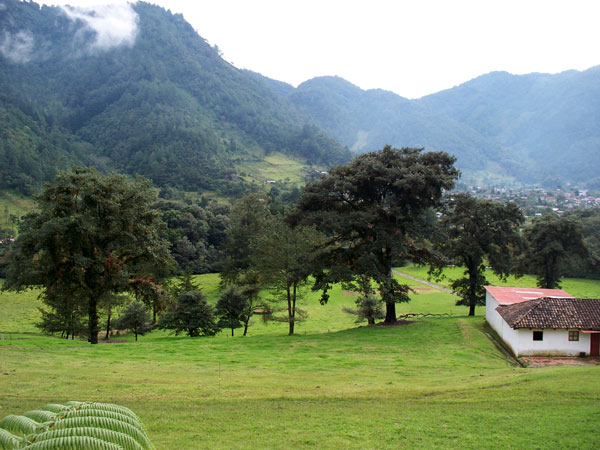
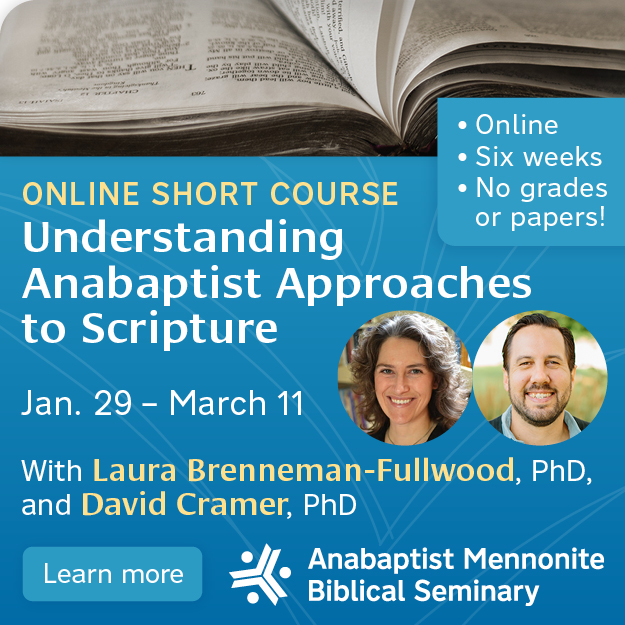
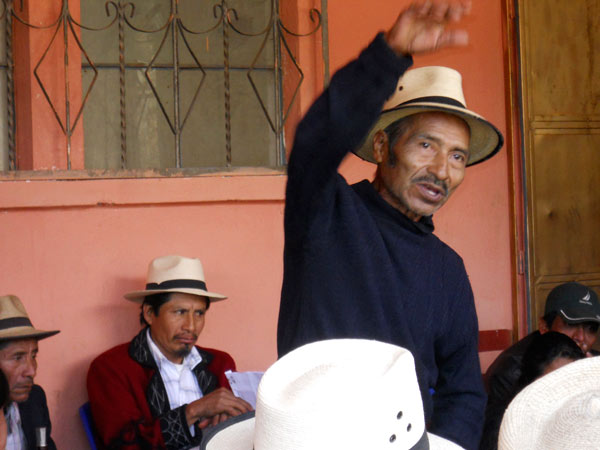
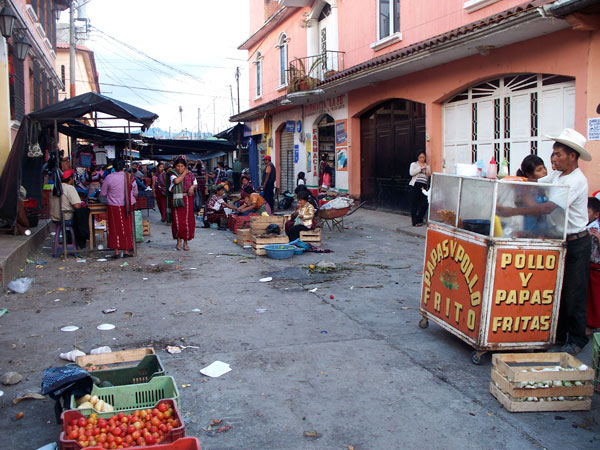


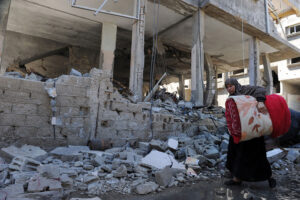
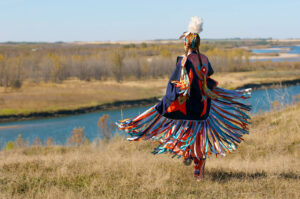

Leave a Reply
You must be logged in to post a comment.